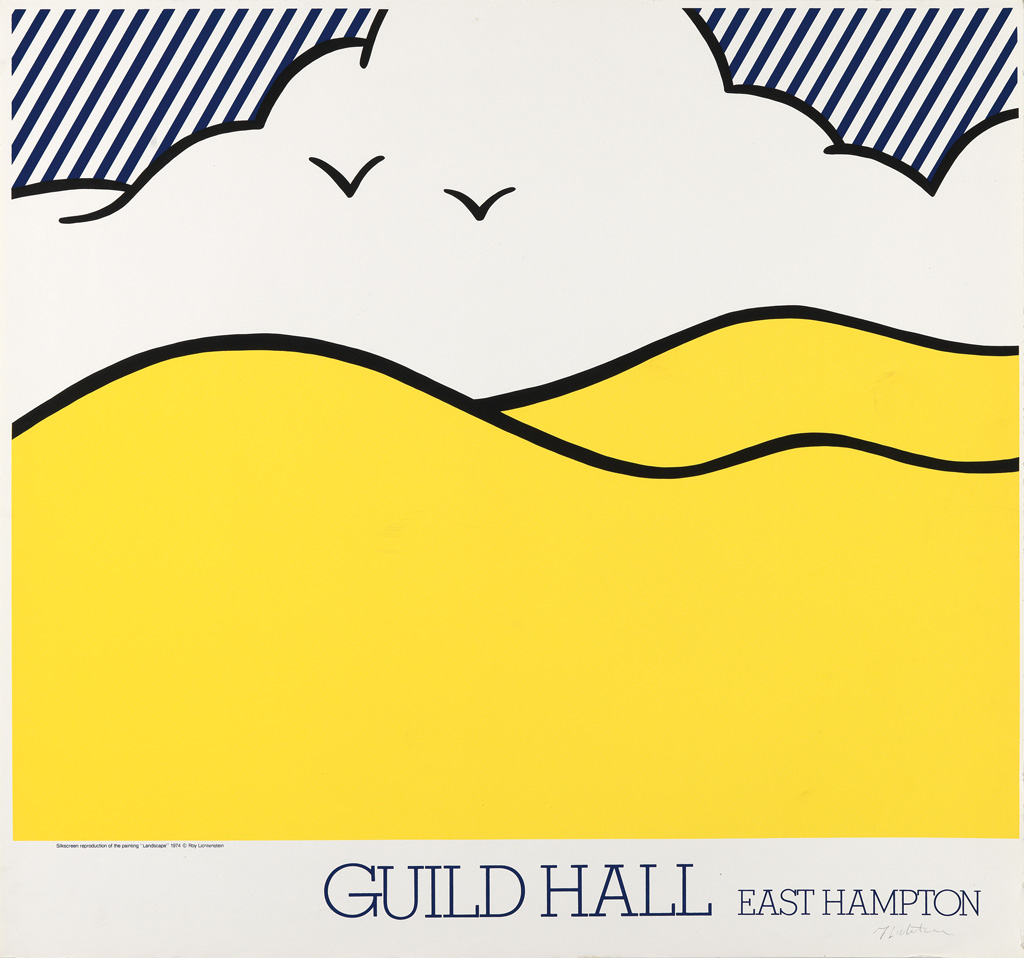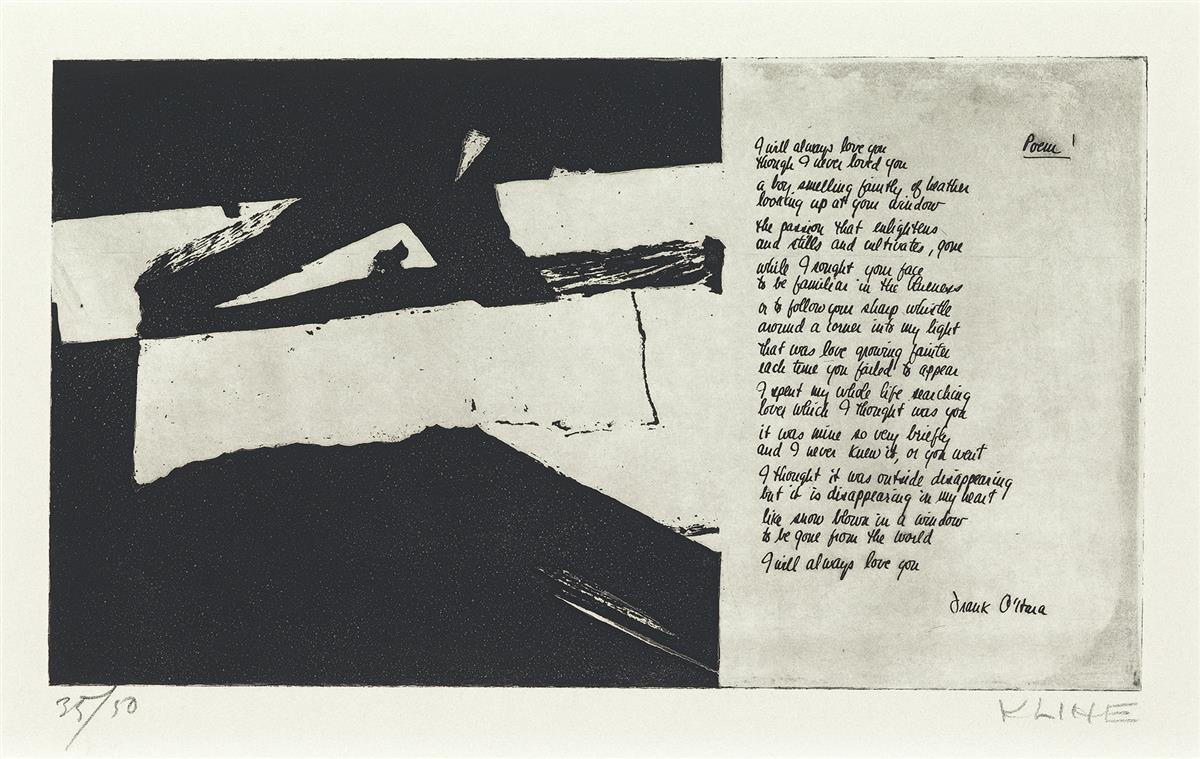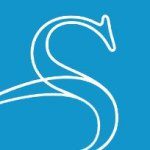Meagan Gandolfo on Pop Art Printmakers
In advance of our Contemporary Art auction, Meagan Gandolfo discusses the trajectory of mid-20th century American artists seeking new avenues of expression beyond Europe’s traditional printmaking centers. This quest for innovation led to the emergence of vibrant print studios across the United States, coinciding with the rise of Abstract and Pop art movements, reshaping the landscape of contemporary fine art.
Pop artists created new, often impersonal and brash, highly commercialized paintings, readymades, and prints. They championed accessibility drawn from references of everyday objects which the public could easily relate to. In a nod to commercial printing, Roy Lichtenstein reproduced Ben-Day dots in prints and paintings, and other artists, like Andy Warhol used repetition and imagery from news clippings, publicity photos, and film stills. Warhol’s Polaroids or other reproduced references were sent to printer Rupert Jasen Smith, in New York, who worked with Warhol from 1977 to 1987, and would transfer Warhol’s images to screens for printing. The newly formed print workshops shared the Pop artists’ sense of immediacy, and similarly valued their experimentation, new visual vocabularies, and new media blending “high” and “low” art.

To work alongside her existing Contemporaries New York art gallery, in the 1955, Margaret Lowengrund, a lithographer and gallerist, founded the Contemporaries Graphic Art Centre (later becoming the Pratt Graphic Art Center), a fine art print workshop. During the 1950s most fine art editions were printed by the artists themselves. Lowengrund, taught, promoted, and sold works by American graphic artists and became one of the leading advocates for the United States’ lithographic renaissance through the 1950s and 1960s. Most recently she was the subject of the exhibition and publication “A Model Workshop: Margaret Lowengrund and the Contemporaries,” curated by Christina Weyl and Lauren Rosenblum at the New York Print Center in 2023.
The opening of Universal Limited Art Editions (ULAE) on Long Island by Tatyana Grosman in 1957 was a watershed moment for contemporary fine art printmaking in the United States. Grosman was born in Ekaterinburg, Russia in 1904 and spent much of her life seeking refuge. After her and her husband, Maurice, fled the Nazis in Paris, they eventually settled in New York in 1943. Once Maurice suffered a heart attack in 1955, Grosman began to publish illustrated books and art reproductions from their home on Long Island. With the help of a fortuitous discovery of two Bavarian lithographic stones in her front yard, Grosman began collaborating with artists, the first of which was Larry Rivers, to create original fine art prints. ULAE sought out young local artists, including those in Rivers’ circle, a decision which resulted in highly innovative editions made by Robert Motherwell, Helen Frankenthaler, Grace Hartigan, Lee Bontecou, Jasper Johns, Robert Rauschenberg, Marisol, and others. Robert Blackburn, who had founded his own collaborative lithography studio, the Bob Blackburn Workshop (also called “Creative Lithographic Workshop” or “Printmaking Workshop”) in 1947, became ULAE’s first master printer. Since the inception of ULAE, the workshop has been a hotbed of contemporary printmaking, gradually expanding operations from solely lithography to intaglio, woodblock, screenprint, and other new media.

June Wayne was another female proponent of the fine art press in the United States. Seeing the efforts of Lowengrund and Grosman, Wayne observed that it would be easier for print workshops to attract contemporary artists if there were more master printmakers to collaborate with. With a three-year grant from the Ford Foundation, June Wayne was another female proponent of the fine art press in the United States. Seeing the efforts of Lowengrund and Grosman, Wayne observed that it would be easier for print workshops to attract contemporary artists if there were more master printmakers to collaborate with. With a three-year grant from the Ford Foundation, Wayne opened her workshop on Tamarind Avenue in Los Angeles in 1960. Wayne and her staff, including director Clinton Adams, made a policy to systemically document each proof of every edition made, and apply the printer’s individual blind stamp to each. Tamarind attracted international talent; artists who collaborated with Tamarind Workshop include Dorothy Dehner, Jim Dine, Lynne Drexler, Leon Golub, Philip Guston, Louise Nevelson, Ed Ruscha, Juane Quick-to-See Smith, and many more. Irwin Hollander became one of the first master printers trained at Tamarind before opening up his own workshop in New York in 1964.


The screenprint in particular was embraced by Pop artists for its roots in commercial utilization. Though artists had experimented with screenprints to create fine art since the time of the Works Progress Administration, there was not a workshop in the United States exclusively dedicated this pursuit until Chiron Press was opened in New York in 1963 by Stephen Poleskie. Swann Galleries was fortunate to offer works from Poleskie’s collection in November 2020, and more information about his collaboration with artists such as Helen Frankenthaler, Elaine de Kooning, Robert Motherwell, Louise Nevelson, Ellsworth Kelly, Alex Katz, Andy Warhol, Roy Lichtenstein, and Jim Dine can be found in a previous blog post. Poleskie was among the first master printers to introduce these artists to the medium.

Kenneth Tyler began his printmaking career at Tamarind Lithography Workshop in Los Angeles. Tyler opened his workshops Gemini, Ltd. and Gemini G.E.L. in Los Angeles, and Tyler Graphics, Ltd., New Bedford, New York, in 1965, 1966, and 1974, respectively, seeking to bring new printing technology to artists, in order to keep up with their often unconventional and nontraditional creative visions. While some contemporary presses were more rigid, Tyler’s workshop became a place of rule breaking. Tyler’s willingness to allow artists to take risks with materials and techniques drew in the talents of Josef Albers, Frank Stella, Jasper Johns, Claes Oldenburg, and Roy Lichtenstein.

There were several other notable workshops which flourished during the 1960s and 1970s, including Ives-Sillman, New Haven (produced at Sirocco Screenprints); Styria Studio, New York; Crown Point Press, San Francisco, and Cirrus Editions, Los Angeles.



















